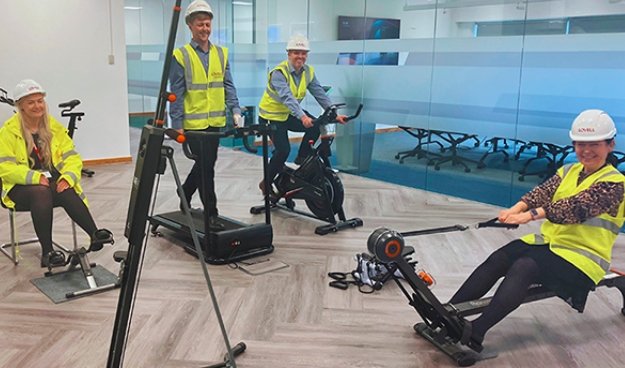A new report from Abertay University and the University of the West of Scotland uncovers major hurdles keeping many Scots from staying active. Released in 2025, the study calls for big changes in policy and funding to tackle these issues and boost public health across the nation.
Key Findings on Physical Inactivity
The report, titled “Getting the Inactive Active,” draws from talks with 23 experts in government, sports, and health. It points out that 22 percent of Scottish adults get less than 30 minutes of moderate exercise each week. This low activity level raises risks for heart disease, diabetes, and early death.
Public Health Scotland data shows over 80 percent of the 3,000 yearly deaths tied to inactivity come from this group. The study stresses how short funding periods and poor links between national plans and local actions make things worse. In places like Glasgow and Edinburgh, access to gyms or parks varies a lot, leaving some areas behind.
Experts say these problems hit harder in low-income spots, where people face extra stress from work and money woes. The report also notes that women and older adults often deal with more barriers, like unsafe streets or lack of childcare.

Deep-Rooted Inequalities at Play
Deep inequalities play a big role in who stays active. The study found that people in poorer neighborhoods have fewer safe spaces for walking or cycling. For example, in rural Scotland, bad transport links make it tough to reach sports centers.
Stakeholders shared stories of programs that start strong but fade due to funding cuts. One expert mentioned how local councils struggle with 32 different ways to roll out activity plans, leading to uneven results.
This mismatch costs lives and money. Health officials estimate inactivity drains the NHS by billions each year through preventable illnesses. Recent events, like the push for more walking during the 2024 health campaigns, show small wins, but bigger reforms are needed.
The report ties into broader trends, such as the Scottish government’s goal to cut inactivity by 15 percent by 2030. Yet progress stalls without steady cash and better teamwork.
Structural Challenges and Solutions
Short-term funding is a top complaint. Many programs last just one or two years, not enough to build habits. The report suggests longer cycles, at least five years, to see real change.
It also calls for better ties between national policy and local needs. Right now, rules from Edinburgh don’t always fit places like the Highlands or islands.
Here are some proposed fixes from the report:
- Boost funding for community sports hubs in underserved areas.
- Train more local leaders to run free exercise classes.
- Partner with schools to teach kids lifelong activity skills.
- Track progress with clear goals across all councils.
These steps could help more Scots meet the weekly 150 minutes of moderate activity guideline from health experts.
Impact on Public Health and Economy
Inactivity links to one in six UK deaths, with Scotland facing similar rates. The Scottish Health Survey from 2023 showed only 66 percent of adults hit activity targets, down from pre-pandemic levels.
This affects the economy too. Lost work days from health issues cost businesses millions. A 2025 study from the University of Aberdeen noted higher rates of conditions like multiple sclerosis in inactive groups, adding to care burdens.
On a positive note, areas with strong programs, like Dundee’s active travel schemes, see better health outcomes. Cycling paths there cut car use and boosted daily steps for residents.
| Factor | Impact on Activity Levels | Example in Scotland |
|---|---|---|
| Funding Cycles | Short terms lead to program drop-off | Many initiatives end after 1-2 years, wasting setup efforts |
| Local Delivery | Inconsistent across 32 councils | Urban areas like Glasgow have more options than rural spots |
| Inequalities | Hits low-income groups hardest | 40% more inactivity in deprived neighborhoods |
| Policy Gaps | National plans don’t match local needs | Transport barriers in islands limit access to facilities |
Calls for Systemic Reform
The authors urge quick action to fix these systemic flaws. They want more cash for long-term projects and better data to spot inactive groups.
This aligns with global pushes, like the World Health Organization’s 2025 focus on urban planning for health. In Scotland, linking activity to climate goals, such as cutting car miles by 20 percent by 2030, could help.
Reforms might include tax breaks for companies that promote worker fitness or apps to track community progress.
Looking Ahead to Healthier Scotland
With obesity rates climbing and screens taking over free time, Scotland needs these changes now. The report warns that without reform, health gaps will widen.
Experts predict that fixing barriers could prevent thousands of illnesses and save the NHS huge sums. Recent boosts in active travel funding, up to 10 percent of the transport budget, offer hope.
What do you think about these barriers? Share your thoughts in the comments and spread the word to help push for change.


















